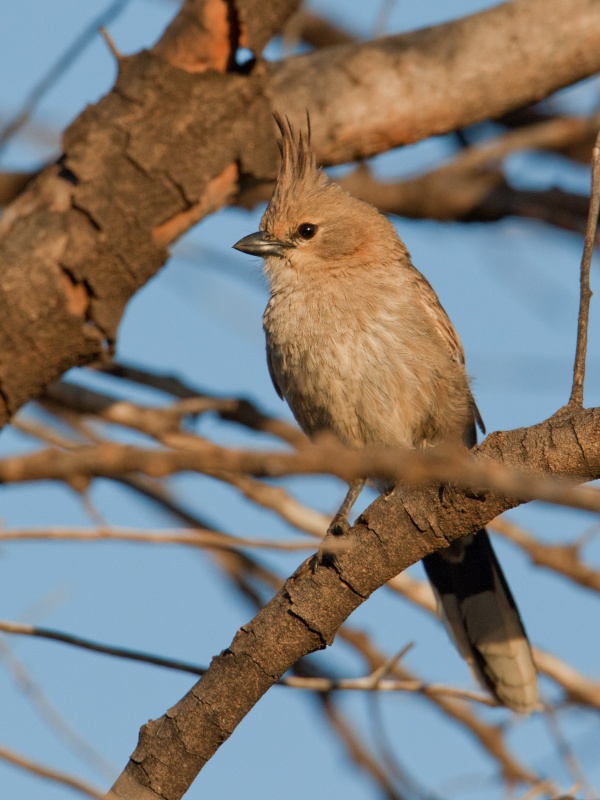Facts About Chirruping wedgebill
The chirruping wedgebill is a medium-sized bird indigenous to Australia, primarily inhabiting the low shrublands of the southeastern inland regions. Renowned for its distinctive chirruping call, this bird is classified under the genus Psophodes. Until 1973, it was believed to be the same species as the chiming wedgebill, but they were later differentiated by their distinct calls.
Measuring approximately 18-21 cm in length and weighing between 31-64 grams, the chirruping wedgebill features a dark, wedge-shaped bill, pale brown upperparts, and white or pale grey underparts. It is often mistaken for the chiming wedgebill but can be distinguished by its faint breast streaks, slightly longer tail, and characteristic repetitive chirruping call.
The bird's call is described as an antiphonal duet, though interpretations vary. The chirruping wedgebill prefers habitats with low, open shrublands, especially those with acacia species. This bird is territorially inclined year-round, with adults remaining in fixed locations while juveniles disperse more broadly. Their diet includes seeds and insects, and they do not migrate.
Breeding can occur across multiple seasons throughout the year. Their nests, constructed from grass, twigs, and bark, contain blue-green eggs with dark blotches. The specific incubation period remains unknown. The chirruping wedgebill has an average lifespan of about 6.4 years. It is unclear whether males and females have distinct roles in food gathering or parenting.
